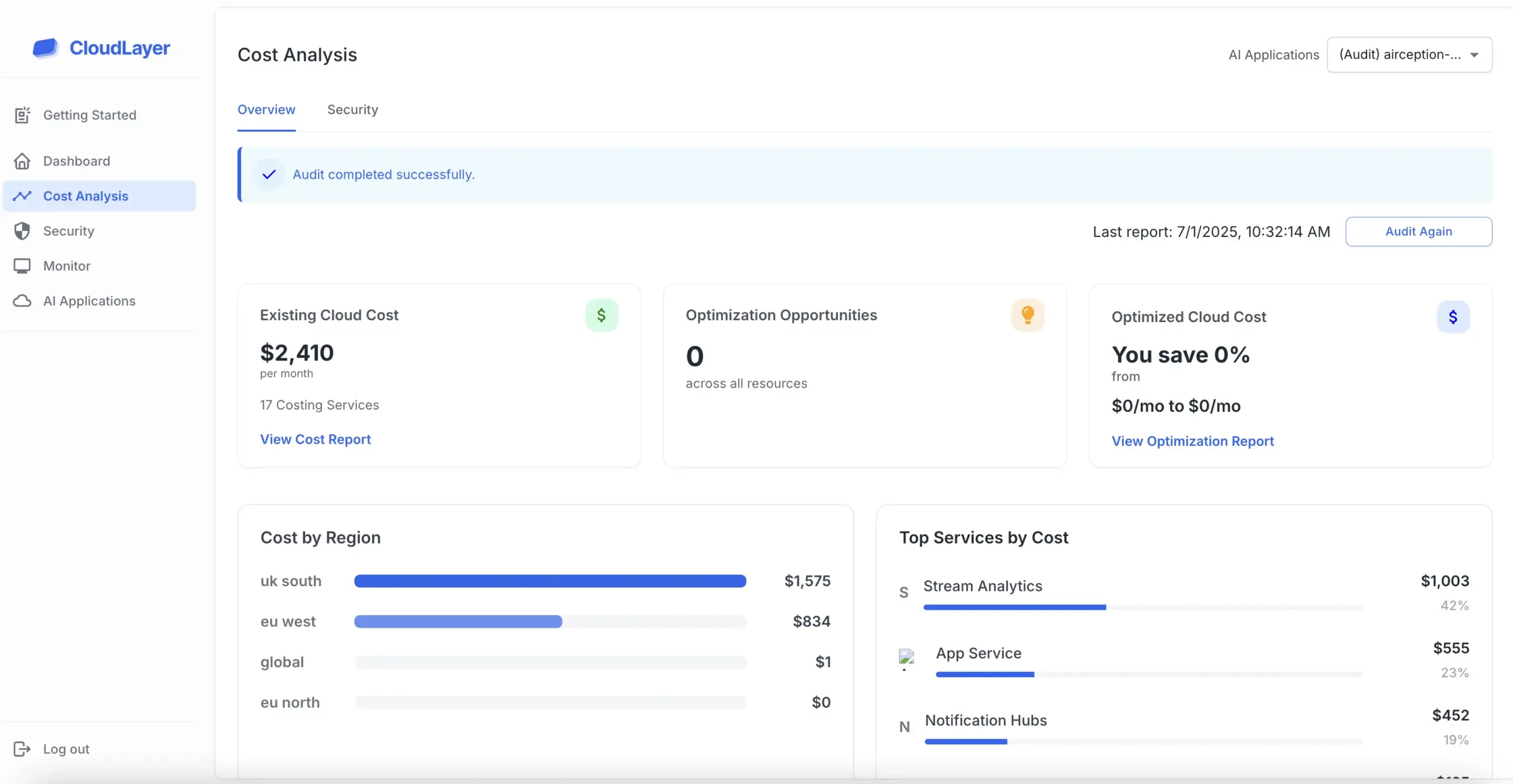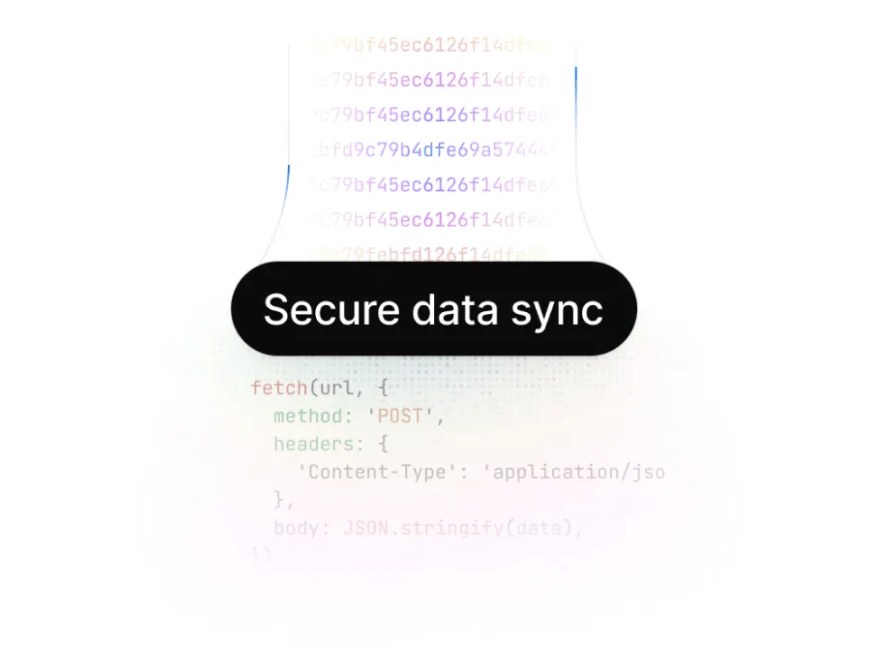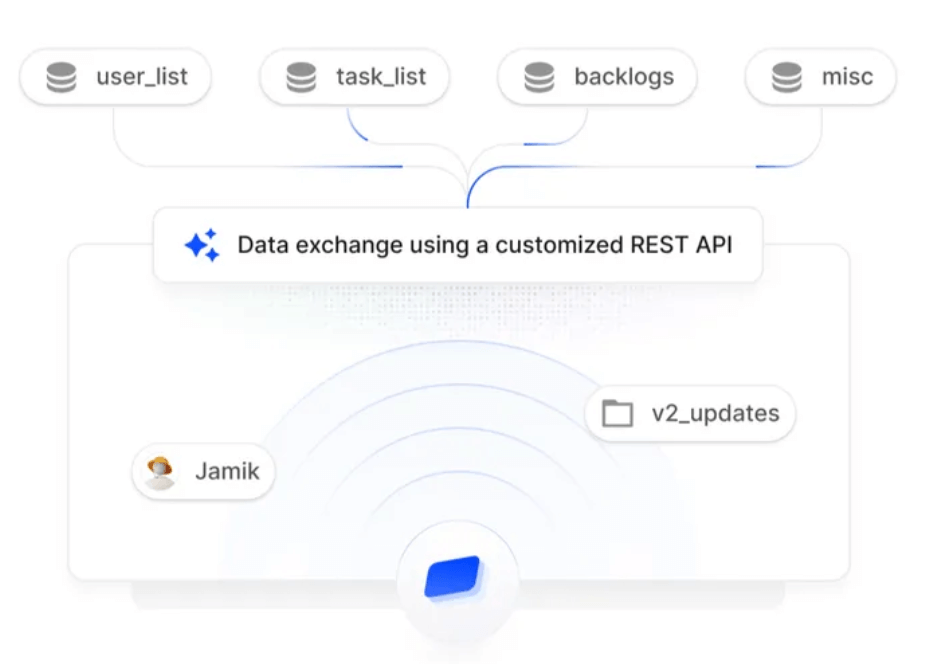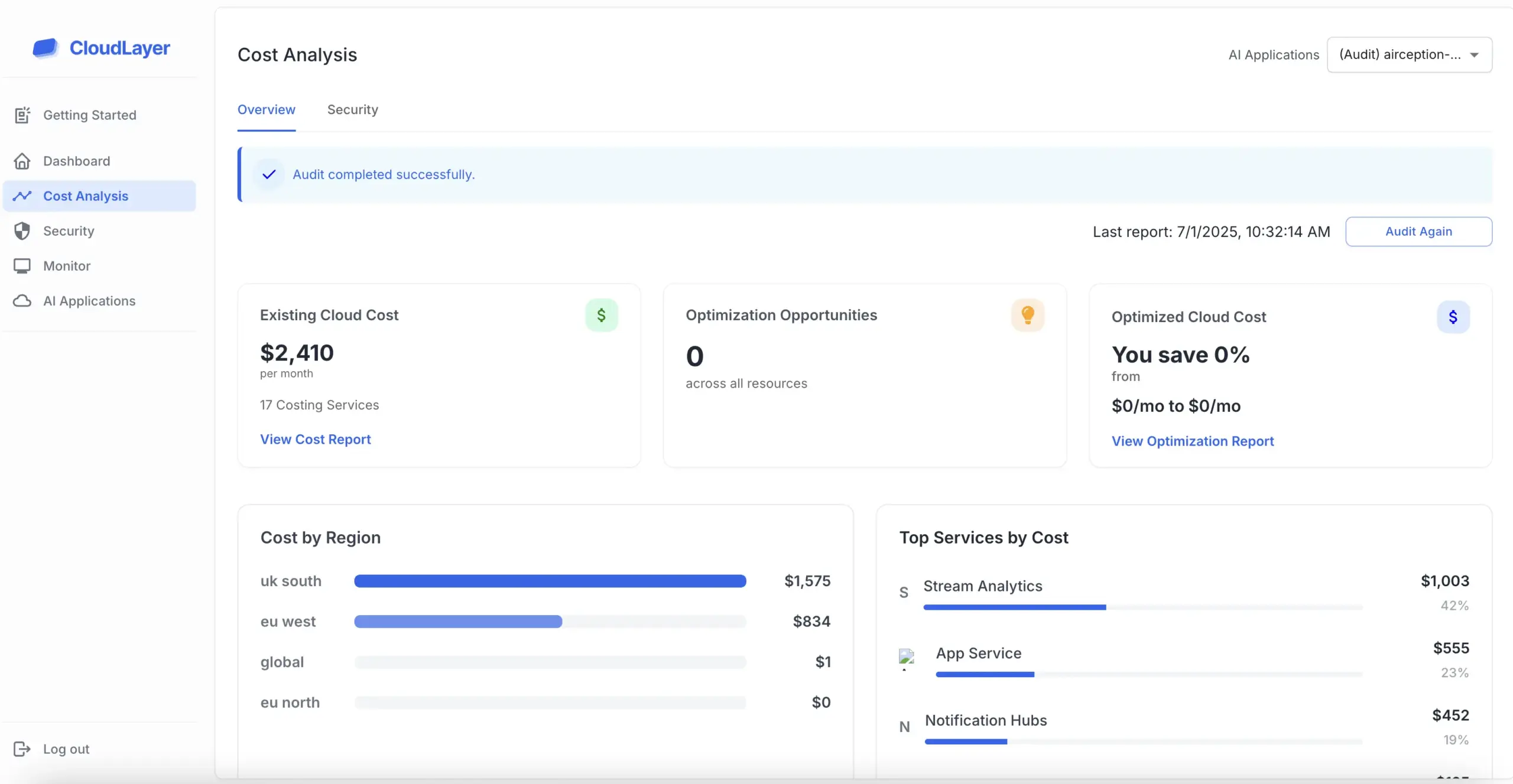

The HIPAA Security Rule establishes national standards to protect electronic protected health information (ePHI). Enforced by the Department of Health and Human Services (HHS), it outlines the necessary administrative, physical, and technical safeguards.

The Security Rule is divided into three main categories: administrative safeguards, physical safeguards, and technical safeguards. Each category plays a vital role in securing ePHI and ensuring compliance.

Administrative safeguards involve policies and procedures designed to manage the selection, development, implementation, and maintenance of security measures. These include risk assessments and workforce training to ensure compliance.

Physical safeguards protect electronic systems and related buildings from unauthorized access. This includes controlling physical access to facilities and implementing security measures such as locks and surveillance.

